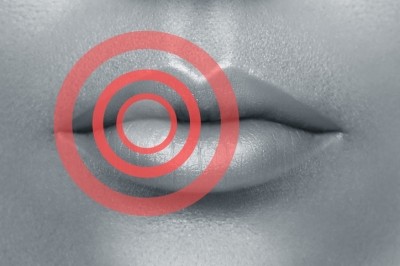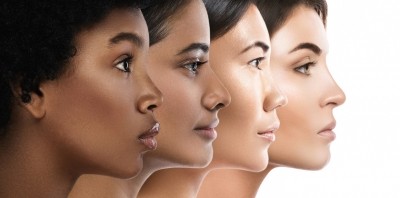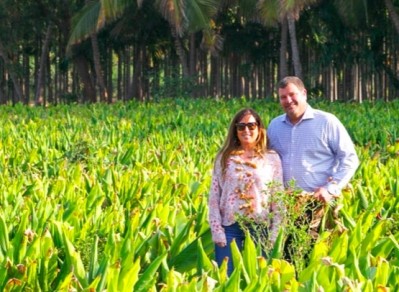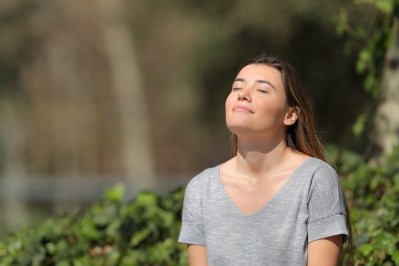Sunlight exposure and its role in skin-gut axis

In December, we reported on an intervention study in Canada by Bosman et al. which investigated whether repeated exposure of the skin to UVB light would alter the gut microbiota composition of healthy female volunteers.
Bosman et al. presented evidence that skin exposure to narrowband UVB light modulated the gut microbiome of a specific human cohort. This study presented an increase of biodiversity, Firmicutes and Proteobacteria, and a decrease of Bacteroidetes.
In the present study, scientists at the Laboratory of Molecular Genetics of Microorganisms, Oswaldo Cruz Institute, Rio de Janeiro, Brazil, used that research to compare it to their own data on Yanomami, an indigenous population in the Amazon. The researchers identified similarities in the gut microbiome of the two studies. Both presented a high abundance of Proteobacteria, which had been observed as a unique feature in the Yanomami gut microbiome, and based on Bosman et al. study, could be associated with their natural sunlight exposure.
The Canadian study reported that human exposure to UVB light could impact the human gut microbiome modulating diverse bacterial taxa. This conclusion was reached after they analyzed a controlled cohort composed of healthy Caucasian females from Vancouver, Canada. The gut microbiome of this cohort was analyzed before and after repeated skin exposure to a Narrow Band UVB light using a phototherapy device.
Latitude, altitude should be considered
The scientists in Brazil note that, “People living in this city located at 49°N latitude are often unexposed to natural UVB light for up to 6 months of the year. Under these circumstances, individuals are unable to produce significant vitamin D3 in their skin, resulting in its reduction in the serum level, with impact to their health...Human exposition to UVB light is a direct consequence of the latitude, altitude, weather, time of day and season of the year and, indirectly, of human behavior and lifestyles.”
The Yanomami inhabit a vast area in the Amazon Region, located around the equator in distinct altitudes. This population is naturally exposed to a high incidence of sunlight and ultraviolet radiation. Additionally, this region also lacks air pollution, a factor that blocks the UVB light from sunlight. The authors also note that for the most part, the group does not wear clothing, sunscreen or any type of protection from sun exposure.
Key observations
The scientists found similarities in the gut microbiome makeup in the Bosman et al.’s group artificially exposed to UVB light and the Amazonian hunter-gatherer Yanomami. Moreover, the UVB light exposure seems to modulate and explain some Yanomami gut microbiome features.
In the Canadian study, the gut microbiome of the cohort presented a higher alpha diversity after the exposition to UVB light, as well as an increase in the relative abundance of Firmicutes and Proteobacteria and a decrease in the relative abundance of Bacteroidetes. When looking at Firmicutes phylum, it was noted that the abundance of Lachnospiraceae, Ruminococcus and Clostridiaeae families was significantly enriched. Additionally, some individuals experienced a Verrucomicrobia increase.
“Several of these taxonomic features were also observed in the Yanomami and other hunter-gatherers. The microbiome of these traditional groups has been characterized by higher biodiversity and higher Firmicutes to Bacteroidetes ratio contrasting with urban groups. In Bosman et al.’s study, Firmicutes increased after UVB exposure with the enrichment of Lachnospiraceae, Ruminococcus and Clostridiaeae families. These Firmicutes families were also abundant in the traditional groups, and abundance of other Firmicutes families/genera was also observed. In fact, genera from Firmicutes phylum are biomarkers of Amazonian traditional groups: Roseburia and Enterococcus (Yanomami/Brazil), Streptococcus and Anaerostipes (Yanomami/Venezuela), Eubacterium and Lachnoclostridium (Matses), Intestinomonas, Flavonicater and Magasphaera (Tunapuco). Therefore, we concluded that Firmicutes taxa could be related to the lifestyle, diet, and environment among human groups.”
Another observation in the Canadian study is the fact that Proteobacteria was enriched after UVB light exposure. A high abundance of Proteobacteria was a unique feature within the Yanomami gut microbiome when compared to other traditional groups and urban groups. The authors say this aspect is unexplainable, noting that it seems that the high exposure to UVB light by the Yanomami due to the environment and their particular lifestyle may be related to the enrichment of Proteobacteria. The Brazilian researchers add that the genus Akkermansia from Verrucomicrobia phylum is a Yanomami biomarker and this phylum also presented an increase in few individuals from Bosman et al. after artificial UVB exposure.
“Sunlight is a tangible factor”
“Altogether, the association of UVB light with specific microbiome taxonomic profiles observed in distinct populations leads us to consider that UVB light/sunlight is a tangible factor that should be considered as a modulator of the gut microbiome.”
The authors conclude that the environment represents one of the main forces associated with the inter-person microbiome variability over the host genetics and other factors, further studies on gut microbiome should take into consideration sunlight exposure as well as latitude in-depth.
“Therefore, a broad exploration of the relationship between human beings, the microbiome and the environment fills gaps in knowledge that can lead us to understand the relationship between the preservation of health and the development of diseases.”
Sources: Gut Microbes
2020; DOI: 10.1080/19490976.2020.1745044
“Skin exposure to sunlight: a factor modulating the human gut microbiome composition”
Authors: L. Conteville et al.
Frontiers in Microbiology
2019; 10:2410. DOI: 10.3389/fmicb.2019.02410
“Skin exposure to narrow band ultraviolet (UVB) light modulates the human intestinal microbiome”
Authors: E. Bosman et al.
















